You will need:
- Four bottles of very pure water, distilled water is best
- One bowl
- A freezer
- Lots of patience – this can be a difficult experiment to reproduce!
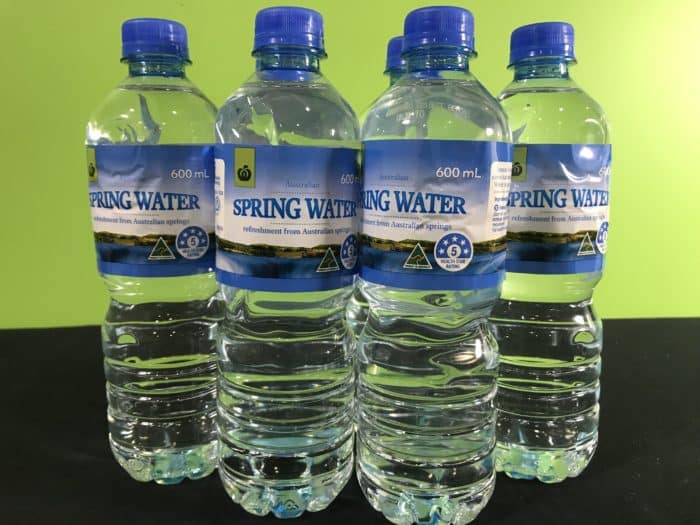
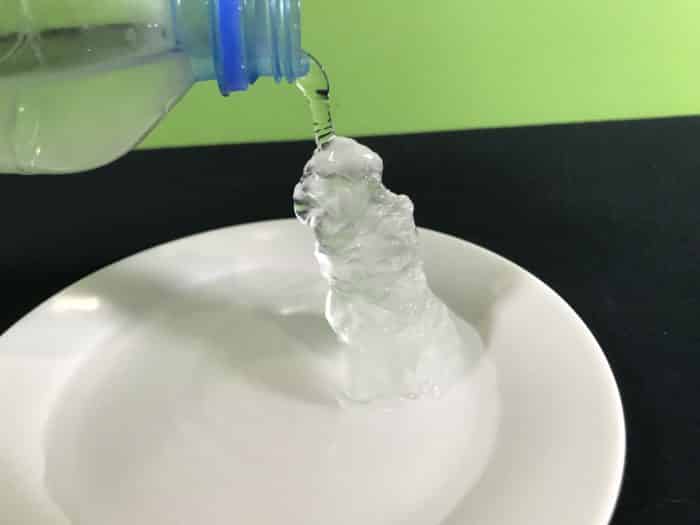
Try carefully pouring the supercooled water into the bowl over an ice cube… you’ll form an ice stalagmite!
Other things to try
- Shake one of the bottles and watch the ice crystals form instantly!
- Try stirring one of the bottles with a straw, or perhaps adding a piece of ice or dirt to the solution.
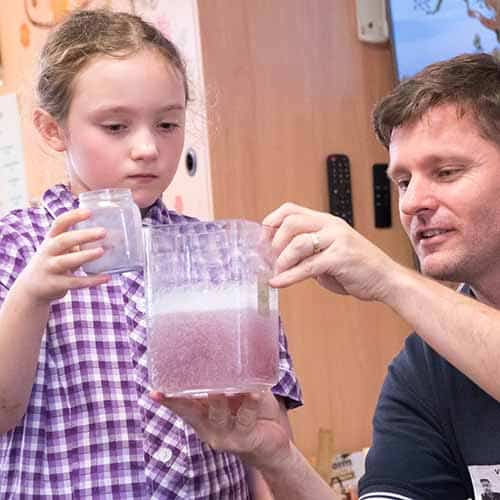
School science visits since 2004!
– Curriculum-linked & award-winning incursions.
– Over 40 primary & high school programs to choose from.
– Designed by experienced educators.
– Over 2 million students reached.
– Face to face incursions & online programs available.
– Early learning centre visits too!
Why Does This Happen
Ice generally forms on microscopic scratches and bumps called nucleation sites. Nucleation sites, or ‘bumps’, occur within most containers with imperfections – even dissolved impurities such as calcium or even air bubbles act as nucleation sites for ice to form. If you remove the nucleation sites from the water, the water cannot form ice crystals easily.
Normally, pure water (without impurities) will form ice crystals at 0 degrees Celsius or lower.
However if pure water is cooled down very slowly, in a very smooth container with no dust inside, you can make water stay a liquid at temperatures below zero. Supercooled solutions are very unstable. Introducing air bubbles or a seeding crystal into the solution causes the liquid water to rapidly freeze.
Be aware that supercooling is different from freezing point depression. Freezing point depression occurs when you dissolve an ionic solid such as salt in water. A saltwater solution will have a lower freezing point than pure water – do the experiment and find out for yourself!
Variables to test
- Try salty vs freshwater.
- What happens if you rapidly heat up the super-cooled water in the bottle?
From the rock cycle to volcano formation, we’ve got your geology unit covered!
Get in touch with FizzicsEd to find out how we can work with your class.
Geology Rocks!
Years 1 to 6
Maximum 30 students
School workshop (NSW & VIC)
60 or 90 minutes
Online Class Available
Geology Rocks!
Years 1 to 6
Maximum 30 students
School workshop (NSW & VIC)
60 or 90 minutes
Online Class Available
STEM Full Day Accelerator - Primary
Designed from real classroom experiences, this modular day helps you create consistently effective science learning that directly address the new curriculum with easily accessible and cost-effective materials.
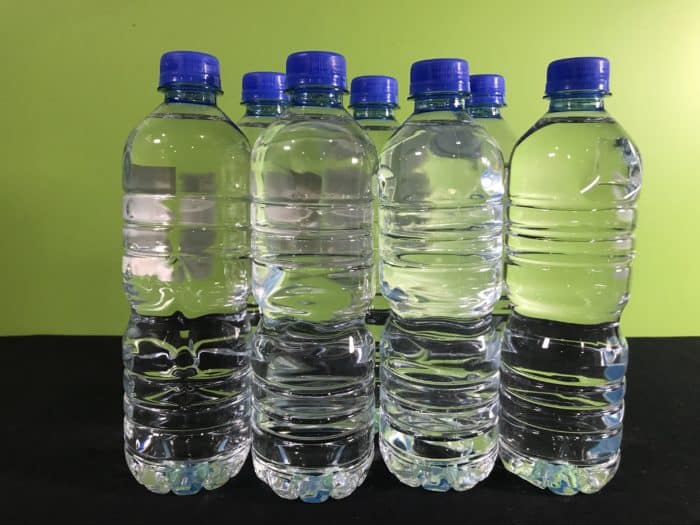
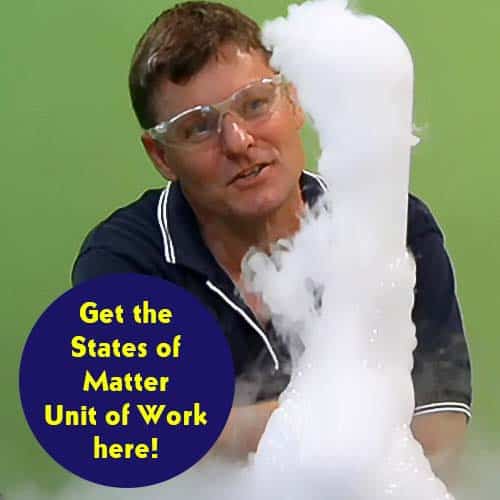


























What would be the easiest way to prepare for this experiment for a class setting, in advance to ensure it’s effective and works LOL
Thanks!
Hi Ashely, thanks for your question! The only real way to do this is to make many bottles well in advance. We’ve found 4 is enough if they are very clean prior. All the best!
what variables would you use if you needed to make a line graph for your results of this experiment? I was thinking maybe salt concentration vs stalagmite height?
That would work – you’d just have to note that the measurement of the stalagmite hieght was taxen after X amount of time to keep the results consistent (or have multiple lines for different times on measurement on the same graph).